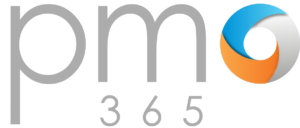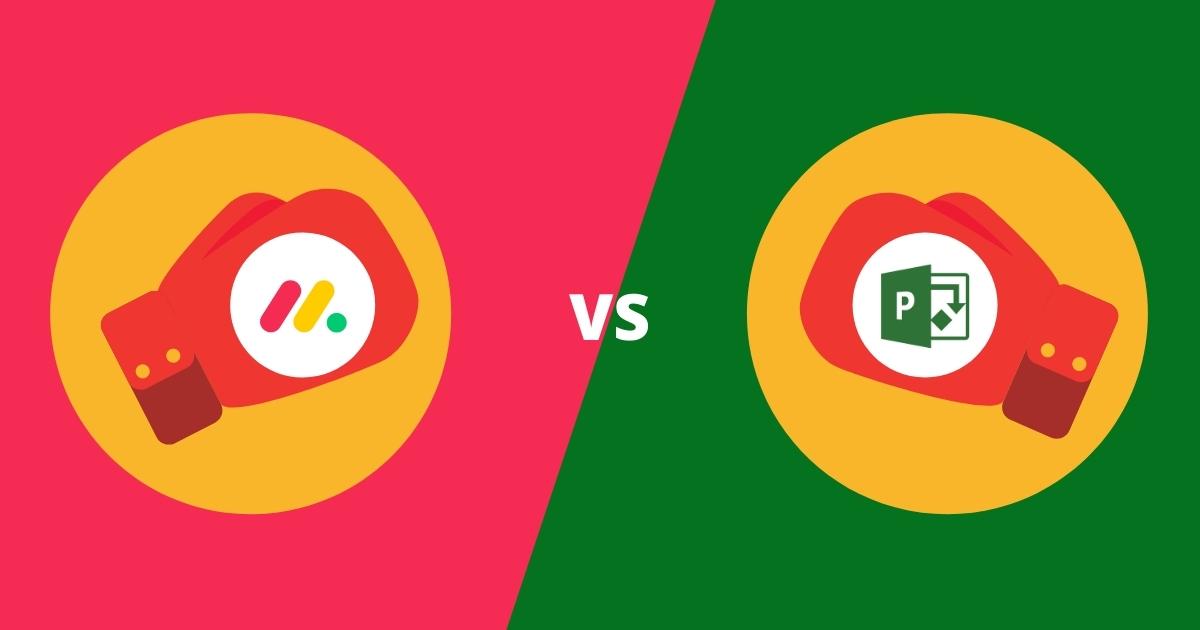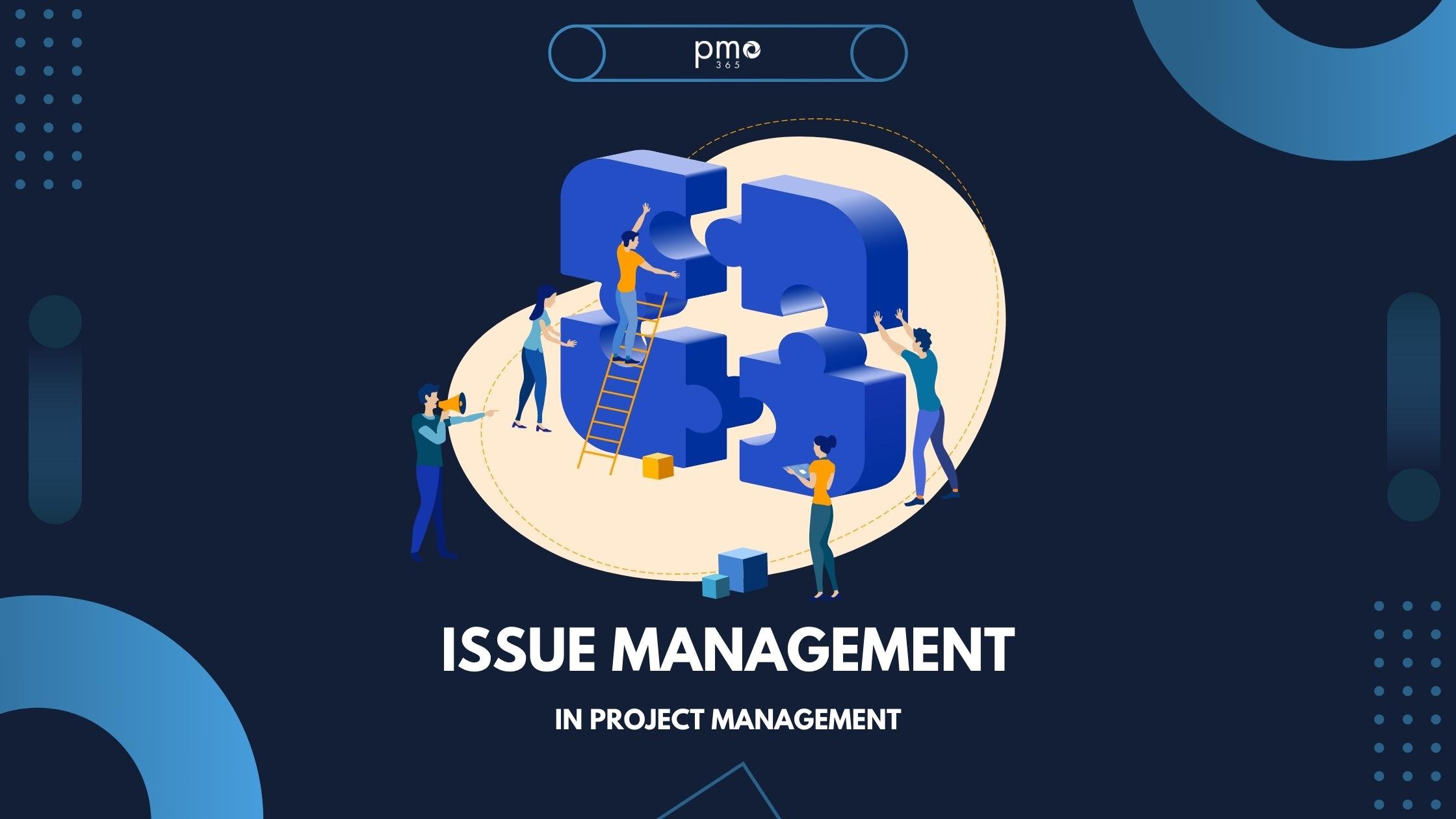In today's fast-paced business environment, decision-makers need clear, real-time insights into project performance. That’s where a Project Management Dashboard comes in. More than just a collection of charts and graphs, a dashboard consolidates key metrics to help you monitor, control, and communicate the health of your projects all in one place.
In this article, we explore what a project management dashboard is, what it should include, and how it empowers project teams and executives to make informed, timely decisions.
What Is a Project Management Dashboard?
A Project Management Dashboard is a visual tool used to track and display key information about a project or portfolio. It centralises data such as progress, risks, timelines, budgets, and resource allocation, into an easy-to-digest format.
Dashboards are typically built using tools like:
- Power BI
- Microsoft Excel
- Smartsheet
- pmo365
- Tableau
- Project Online / Project for the Web
They may be designed for project managers, executives, PMOs, or stakeholders, depending on the audience.
Why Use a Project Management Dashboard?
A project management dashboard is more than a visual display, it’s a strategic asset for modern organisations. In environments where multiple projects run simultaneously and priorities shift rapidly, having a centralised, up-to-date overview becomes essential.
Dashboards streamline how you track performance, providing a single reference point for timelines, costs, resources, and risks. Here are the key benefits:
- Real-Time Monitoring: Get instant updates on KPIs, milestones, and deliverables
- Improved Visibility: Communicate progress across teams and leadership clearly
- Proactive Risk Management: Identify issues before they escalate
- Better Decision-Making: Use live data to guide prioritisation and corrective action
- Stakeholder Engagement: Keep sponsors informed and involved without lengthy reports
Key Elements of a Project Dashboard
A project dashboard unifies essential project information for efficient oversight. It should be clear, interactive, and structured to help decision-makers spot risks, track progress, and stay aligned with goals in real time.
Here are the core components every effective project dashboard should include:
Component |
Description |
|
Project Status |
Traffic-light indicators (e.g., On Track, At Risk, Delayed) |
|
Milestones & Timeline |
Visual progress tracking via Gantt chart or timeline view |
|
Budget vs Actual |
Displays planned vs spent budget, burn rate, or cost variance |
|
Tasks & Deliverables |
Summary of completed, pending, and overdue tasks |
|
Risks & Issues |
Active risks, owners, impact rating, and mitigation strategies |
|
Resource Allocation |
Capacity, utilisation, or workload across project team members |
|
Dependencies |
Highlighted links to external tasks or projects |
|
Custom KPIs |
Tailored metrics (e.g., quality score, earned value, customer satisfaction) |
Types of Dashboards
Different dashboards address different needs within an organisation. Choosing the right dashboards means every stakeholder gets the insights they need to keep projects on track and aligned with business goals.
Type |
Audience |
Purpose |
|
Project Dashboard |
Project Managers |
Day-to-day monitoring of scope, time, cost, and risks |
|
Portfolio Dashboard |
PMOs / Execs |
Strategic view across multiple projects or programs |
|
Resource Dashboard |
Team Leads / PMs |
View team capacity and avoid bottlenecks |
|
Risk Dashboard |
Governance Boards |
Identify enterprise-level risks and manage compliance |
How to Build an Effective Dashboard

Start with Your Audience
To build an effective dashboard, start by understanding your users and what data matters most to them. Identify what data is most valuable to the people who will use the dashboard.
Keep It Visual
Design for clarity; use visuals like charts and color-coded indicators to make insights easy to spot.
Automate Your Data
Connect the dashboard to live data for automatic, real-time updates. Integrate with live data sources (e.g., project management tools, time sheets) to keep information up to date.
Focus on Actionable Insights
Focus on metrics that drive action, not just presentation. Highlight metrics that require attention or action — not just vanity statistics.
Review and Evolve
Keep the dashboard simple to use, regularly update it with feedback, and adapt it as project needs change. Update dashboard content based on feedback and changing project needs. This approach ensures your dashboard remains a valuable, data-driven tool for your organisation.
Real-World ExampleA capital works program manager at a local council uses a Power BI project dashboard to:
This improved forecasting accuracy, accelerated decision-making, and reduced reliance on spreadsheets. |
Benefits for Different Stakeholders
An effective project management dashboard offers tailored advantages to every stakeholder in the project ecosystem.
For Project Managers, it’s a powerful control center, enabling them to proactively identify roadblocks, optimise resources, and keep projects on schedule.
Executives gain instant access to high-level metrics, measuring return on investment and tracking strategic progress across portfolios, making it easier to allocate resources and prioritise initiatives that drive outcomes.
Project Management Offices (PMOs) benefit through standardised reporting frameworks, which enhance transparency, simplify compliance, and support better governance throughout the organisation.
Team members also benefit, gaining clear visibility into tasks, priorities, and deadlines helping them stay focused, manage workloads, and collaborate efficiently.
Conclusion: Transform Data into Direction
A project management dashboard turns scattered project data into focused insights. It helps teams stay aligned, stakeholders stay informed, and organisations stay in control.
Whether managing a single project or a complex portfolio, an effective dashboard is the operational heart of delivery, enabling you to focus on priorities and make confident, data-driven decisions.













